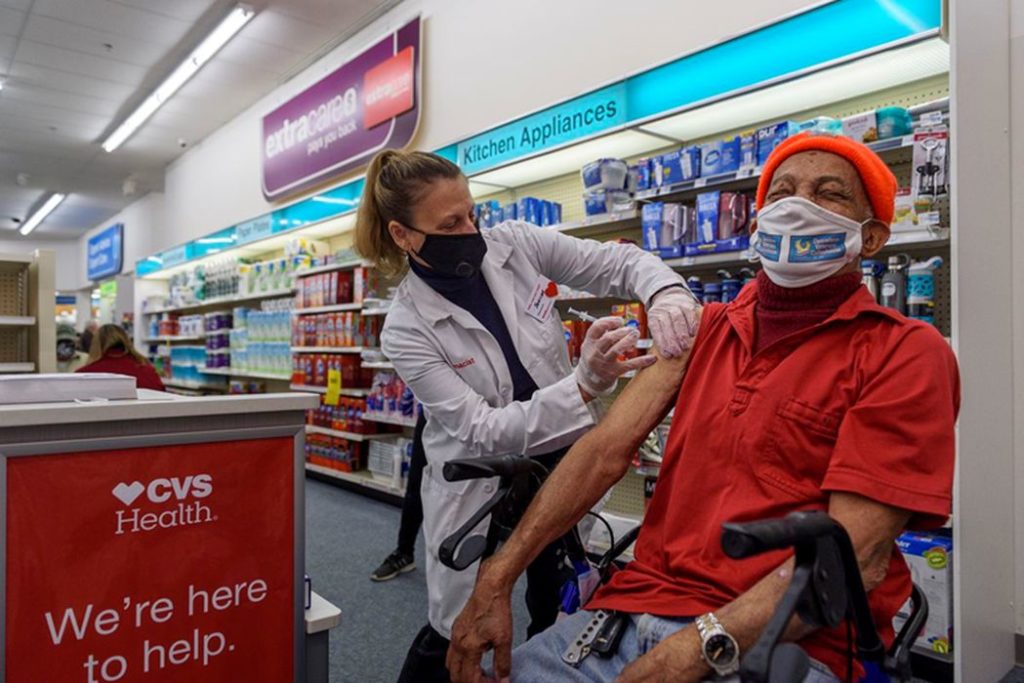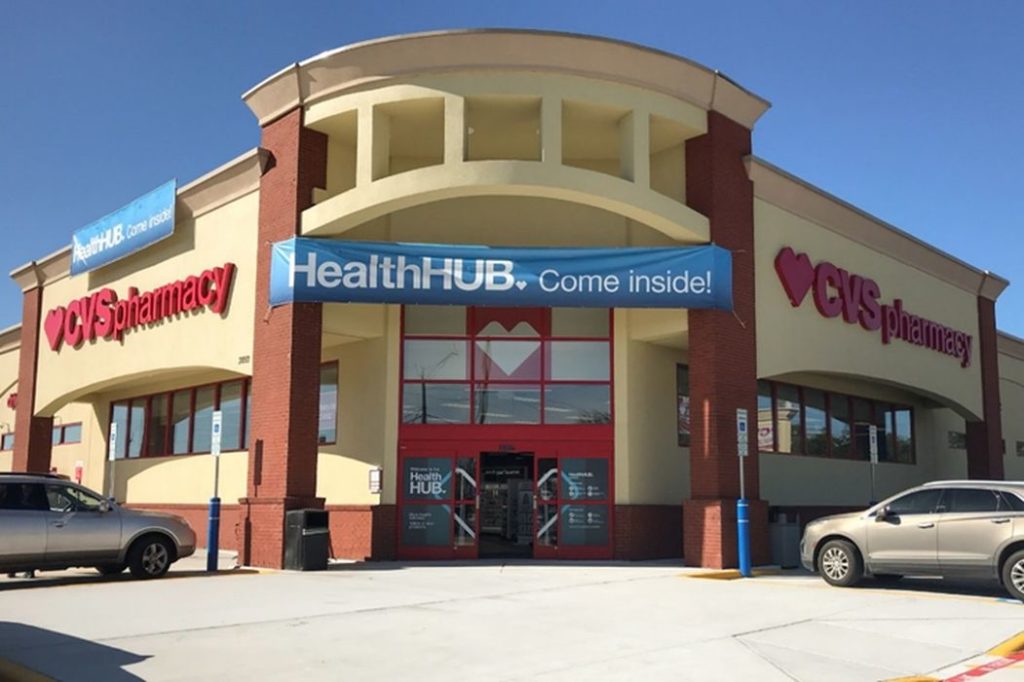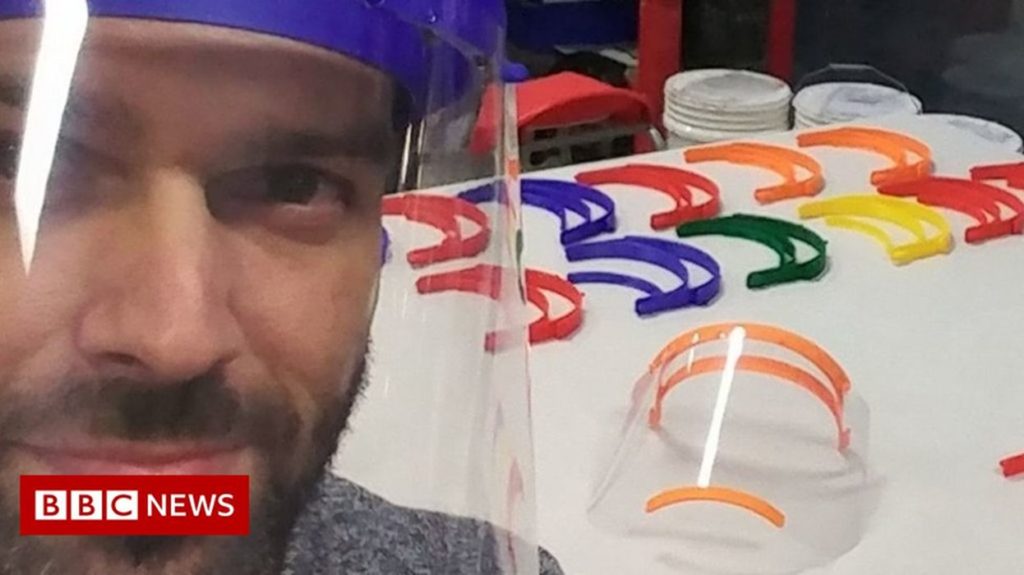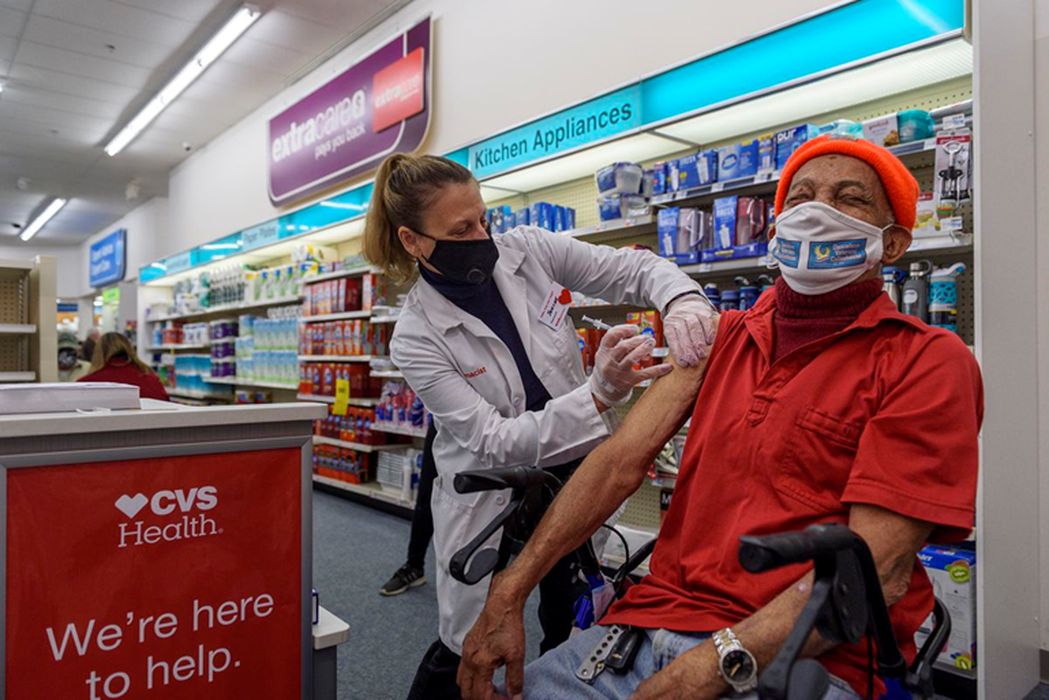
Charles R. Goulding and Preeti Sulibhavi look at how the CVS healthcare conversion could be an opportunity for 3D print services.
CVS has commenced a business conversion where it will change from a brick-and-mortar retailer to a medical clinic service provider. To understand the impact of this conversion it is important to recognize the sheer size of the current CVS business enterprise.
Fourth Largest Company in America
After completing the Aetna acquisition, CVS is the 4th largest company in America with almost 10,000 stores. The average store size is between 8,000 and 13,000 sq ft, which is three times the size of the typical standalone medical clinic. The company has already remodeled 1,000 stores into “Health Hubs” already making it the nation’s largest network of urgent care facilities.
The Health Hubs offer an increasing variety of preventive medicine such as glucose and retinopathy testing for diabetes. Other offerings include blood pressure testing for hypertension and flu shots. During the pandemic, CVS has administered 34 million Covid shots giving its clinical services a national introduction.
The 3D Printing Opportunity

The pandemic also accelerated the use of 3D printing for a wide variety of medical clinic supplies and products including masks, gowns, swabs, gloves and other PPE. The medical equipment business is one of the 3D printing industry’s fastest-growing sectors. The CVS sourcing department is going to need to learn about a wide range of new products and supplies right when the 3D printing community is offering more of these products. The physical design of a medical clinic is completely different than that of a general retailer. The HUBs have multiple examination rooms.
Previously, the first CVS clinical facilities were essentially back-of-the-store kiosks shoe-horned at the end of aisles and they lacked formal reception and waiting areas. Medical facilities require lighting suitable for patient examination and HVAC with ventilation and clean air changeovers. During the emergency stages of the pandemic, CVS installed many trailer units in parking areas. These services will now have to be relocated within the store footprint.
CVS could not have entered this market at a better time. The confluence of health needs, CVS quality care and technological advancements in 3D printed biomedical equipment all lead to a flourishing path for CVS to create their health hubs and other healthcare service centers.

The Research & Development Tax Credit
The now permanent Research and Development (R&D) Tax Credit is available for companies developing new or improved products, processes and/or software.
3D printing can help boost a company’s R&D Tax Credits. Wages for technical employees creating, testing and revising 3D printed prototypes can be included as a percentage of eligible time spent for the R&D Tax Credit. Similarly, when used as a method of improving a process, time spent integrating 3D printing hardware and software counts as an eligible activity. Lastly, when used for modeling and preproduction, the costs of filaments consumed during the development process may also be recovered.
Whether it is used for creating and testing prototypes or for final production, 3D printing is a great indicator that R&D Credit eligible activities are taking place. Companies implementing this technology at any point should consider taking advantage of R&D Tax Credits.
Conclusion
It is rare that a business of this size completely changes from a shelve-based retailer to a supplies-intensive, professional service organization. With 10,000 stores, the world’s largest legacy pharmacy business, a leading medical insurer and now a medical clinic servicer, CVS should be able to seamlessly digitize its entire urgent care medical provider service offerings.
The 3D printing community has a major business opportunity here if it becomes part of the conversion process.

